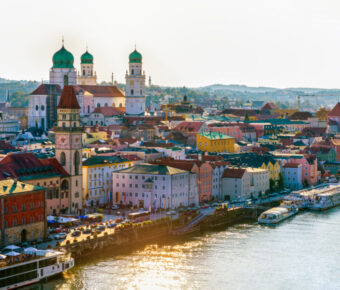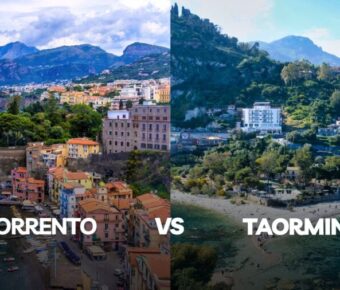London vs Liverpool: A Tale of Two Iconic Cities – Cost, Culture, and Quality of Life Compared
Two iconic British cities stand worlds apart despite sharing the same country. Liverpool and London both pulse with energy, yet each offers vastly different experiences for visitors and residents alike. While London dazzles with its global influence and higher costs of living ($3,427 monthly), Liverpool charms with its rich maritime heritage and more affordable lifestyle ($1,889 monthly).
The Beatles’ hometown brings a distinct northern character that sets it apart from the capital. Liverpool’s location along the River Mersey shaped its identity over 800 years, creating a cultural hub where new ideas and energy flow as naturally as the tides. The city’s hidden gems and thriving art scene rival London’s more famous attractions, proving bigger isn’t always better.
No city matches London’s international appeal, but Liverpool holds its own unique magic. The northern city enjoys slightly cooler temperatures and more rainfall than its southern counterpart, adding to its cozy, intimate atmosphere that draws visitors seeking an authentic British experience.
Table of Contents
- Geographic and Demographic Overview
- Location and Accessibility
- Population and Diversity
- Historical Significance
- Historical Landmarks
- Cultural Heritage
- Economic Landscape
- Business and Industry
- Employment Opportunities
- Cultural Offerings
- Art and Museums
- Music and Nightlife
- Food Scene
- Education and Research
- Universities and Colleges
- Research Institutions
- Sports and Leisure
- Football Culture
- Recreational Activities
- Digital and Social Presence
- Online Communities
- Local Forums and Discussions
- Tourist Insights
- Traveler Tips and Tricks
- Must-See Attractions
- Current Events and Developments
- Frequently Asked Questions
- What are the key differences in cost of living between Liverpool and London?
- Which city offers a richer cultural experience, Liverpool or London?
- How do the public transport systems compare in Liverpool versus London?
- Can you highlight the historical contrasts between Liverpool and London?
- What are the noticeable differences in job market opportunities between Liverpool and London?
- Which city is generally preferred for higher education, Liverpool or London, and why?
- Book Your Dream Experience
- More Travel Guides
Geographic and Demographic Overview
London and Liverpool sit at opposite ends of England, with distinct geographic features and population sizes that shape their unique urban characters.
Location and Accessibility
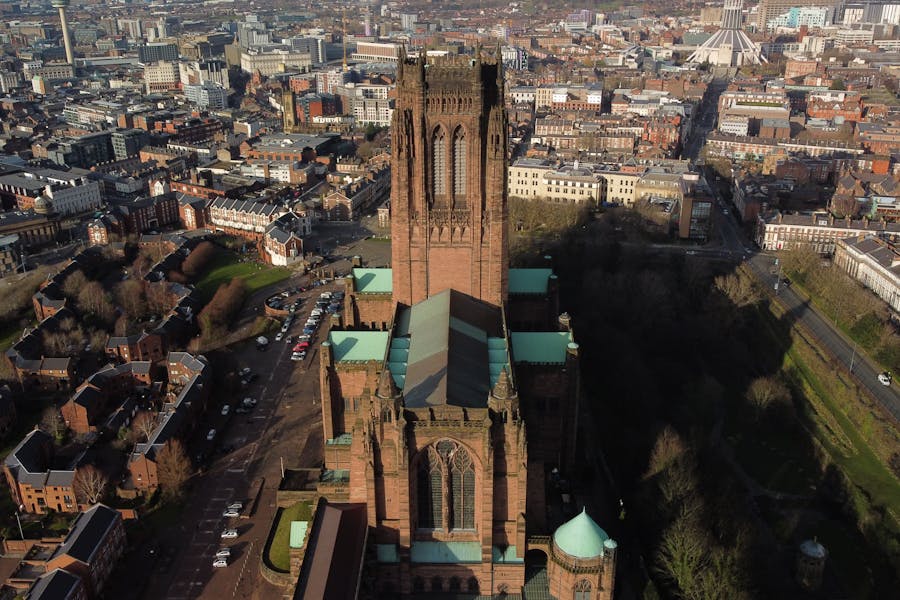
Liverpool sits on the River Mersey in northwest England, 223 miles from London. The city’s famous port faces the Irish Sea, making it a key gateway to international trade. The M62 motorway connects Liverpool to Manchester and Leeds, while direct trains reach London in just over 2 hours.
London spreads across the Thames River in southeast England. Its six major airports link to global destinations, while its extensive Underground network moves millions daily. The M25 orbital motorway circles the city, connecting to major routes across Britain.
Population and Diversity

London’s population reaches over 8.4 million people, spread across 1,580 square kilometers. The city packs in about 5,327 people per square kilometer, creating a bustling urban environment in its 32 boroughs.
Liverpool houses around 465,700 residents in a more compact 111 square kilometers. The smaller size creates a more walkable city center where most attractions sit within easy reach.
Both cities attract people from across the globe. London’s size and status as a world financial hub draws a wider mix of international residents. Liverpool’s maritime heritage brings its own unique blend of cultures, particularly from Ireland, China, and South Asia.
The cities’ weather patterns differ too. Liverpool averages 11°C yearly, while London stays slightly warmer at 12.2°C. Liverpool gets more rain thanks to its coastal location.
Historical Significance
London and Liverpool shaped British history through maritime trade, cultural movements, and architectural achievements. These cities tell stories of innovation, commerce, and resilience that span centuries.
Historical Landmarks

St Paul’s Cathedral stands as London’s crown jewel, surviving the Great Fire of 1666 and World War II bombings. Its famous dome has watched over the city for over 300 years.
Liverpool’s Royal Albert Dock transformed maritime commerce in the 1800s. The dock’s advanced design let ships unload directly into warehouses, making trade faster and safer.
The Tower of London guards nine centuries of royal history. Its walls have served as a palace, prison, and fortress since William the Conqueror’s time.
Cultural Heritage
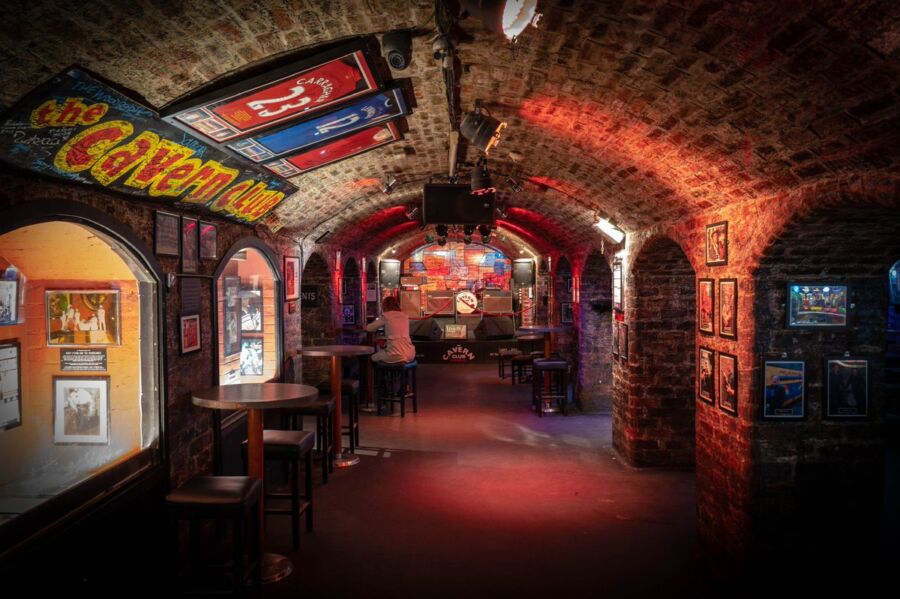
Liverpool’s music scene gave birth to The Beatles in the 1960s. The Cavern Club still echoes with the sound of rock ‘n’ roll, attracting music lovers from across the globe.
London’s West End theaters date back to the 1700s. The Theatre Royal Drury Lane has hosted performances for over 350 years.
Maritime traditions run deep in both cities. Liverpool’s sailors created their own slang called “Scouse,” while London’s cockney rhyming slang spread worldwide.
The cities’ Victorian architecture tells stories of industrial wealth. Liverpool’s Three Graces and London’s Houses of Parliament showcase the grandeur of that era.
Economic Landscape
London and Liverpool show stark economic differences, with Liverpool experiencing faster recent growth while London maintains its position as a global financial hub. Both cities face unique challenges and opportunities in their business sectors and job markets.
Business and Industry
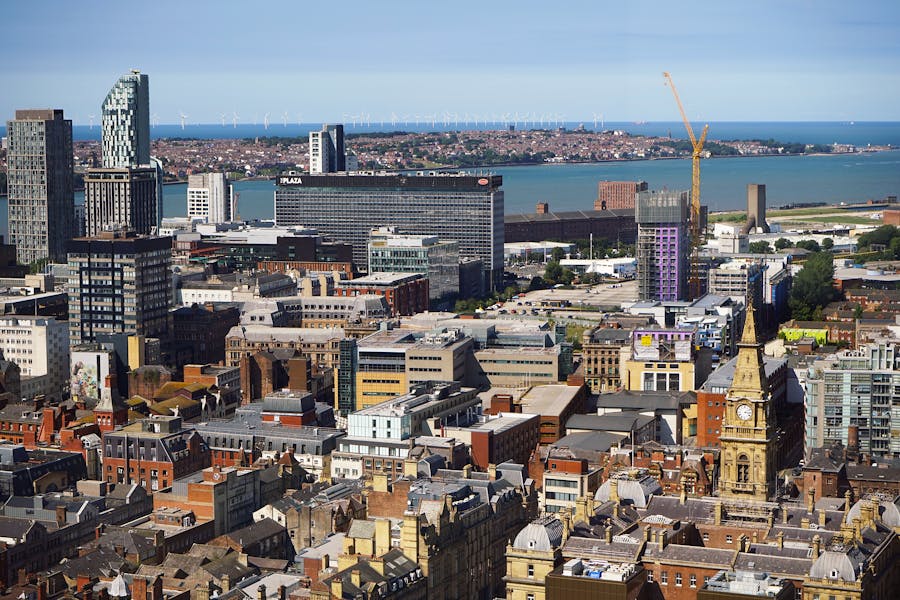
Liverpool’s economy is growing 5 times faster than London’s, with a current growth rate of 20.5%. The city’s business landscape is changing rapidly, especially in the night-time sector. Local startups and tech companies are choosing Liverpool for their headquarters due to lower operating costs.
London remains the UK’s primary business center. The city saw an 11.3% increase in night-time businesses from 2017 to 2023. Many global companies keep their European bases in London, particularly in finance and technology sectors.
Several boroughs in London have seen growth in local businesses. From 2020 to 2022, 12 areas recorded more pubs opening rather than closing.
Employment Opportunities
The job market differs greatly between these cities. London offers higher salaries, but living costs eat up more of workers’ income. After-tax earnings in London cover about 1.4 months of expenses.
Liverpool provides better value for workers. The average salary covers 1.6 months of living costs. The city’s lower cost of living means employees keep more of their earnings.
Job sectors are diverse in both cities. London excels in finance, tech, and creative industries. Liverpool shows strength in manufacturing, digital tech, and maritime industries. New business growth in Liverpool is creating fresh job opportunities across various sectors.
Cultural Offerings
Both London and Liverpool boast rich cultural scenes that reflect their unique identities as major British cities. Each offers distinct experiences in art, music, and food that shape their cultural landscapes.
Art and Museums
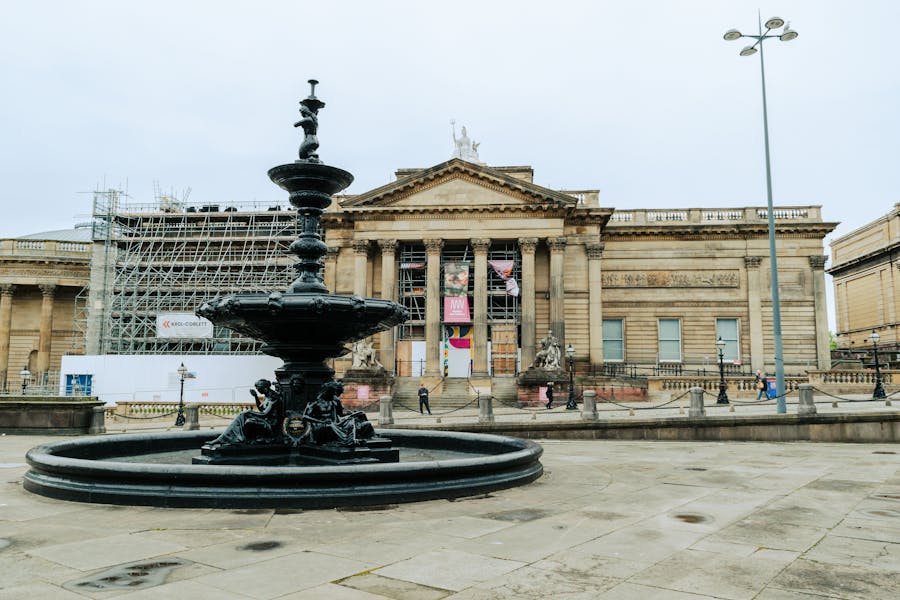
Liverpool’s art scene centers around the famous Tate Liverpool, which houses world-class modern art exhibitions. The Walker Art Gallery showcases classic paintings and sculptures in a beautiful Victorian building.
London’s art world spreads across many famous institutions. The British Museum holds ancient treasures from around the globe. The National Gallery displays masterpieces from European painters, while the Tate Modern transforms an old power station into a hub for contemporary art.
The best part? Many museums in both cities offer free entry to their main collections.
Music and Nightlife
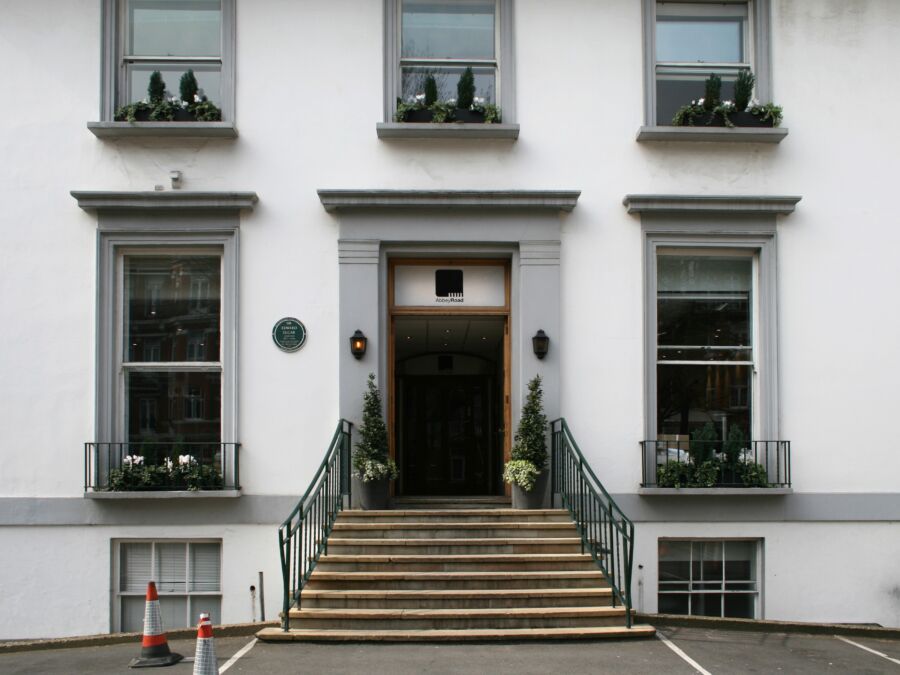
Liverpool’s musical heritage shines through The Beatles Story museum and the Cavern Club, where the Fab Four got their start. The city keeps its music tradition alive with live venues across the Baltic Triangle area.
London’s music scene spans countless genres across its neighborhoods. From jazz clubs in Soho to massive concerts at O2 Arena, the options never end. Iconic spots like Abbey Road Studios draw music fans year-round.
Small music venues in both cities nurture new talent and keep the indie scene thriving.
Food Scene

Liverpool’s food culture mixes traditional British fare with modern trends. Bold Street buzzes with independent restaurants and cafes. The Baltic Market hosts local food vendors serving creative dishes.
London’s food scene spans endless cuisines. Borough Market tempts visitors with fresh produce and street food. Each neighborhood offers different flavors – curry houses in Brick Lane, dim sum in Chinatown, and high-end dining in Mayfair.
Both cities embrace food festivals that celebrate local chefs and international cuisine. Street food markets have become popular spots for trying new flavors.
Education and Research
London and Liverpool both offer strong educational opportunities, with world-class universities and cutting-edge research facilities that draw students and academics from across the globe.
Universities and Colleges
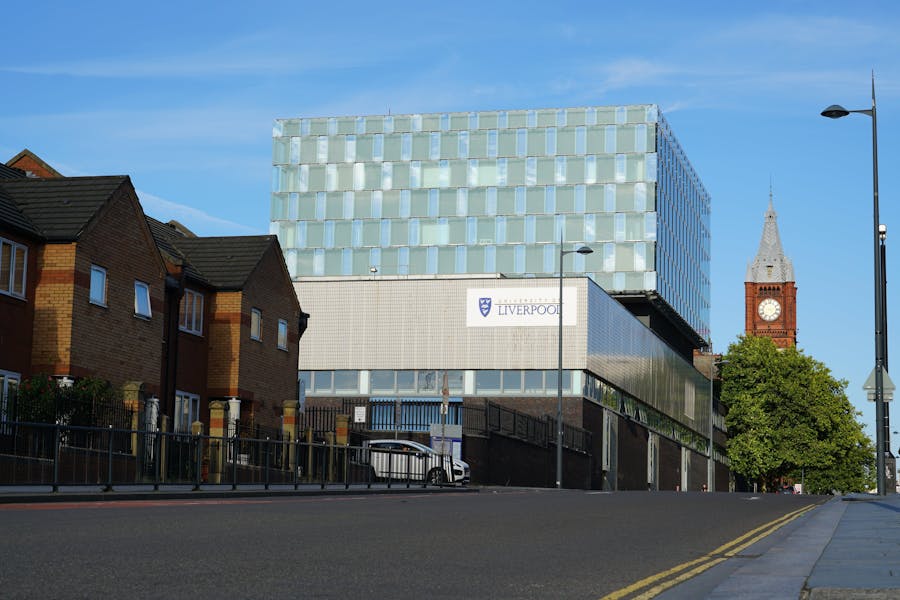
London stands as a major educational hub with over 40 universities. University College London ranks among the world’s top institutions, charging international students about £22,156 yearly. The London School of Economics has built a stellar reputation for social sciences and business studies.
Liverpool’s university scene is smaller but mighty. The University of Liverpool sits in the top 200 globally and costs international students around £17,910 per year – a more budget-friendly option than many London schools.
Liverpool John Moores University excels in engineering programs, ranking in the top 401 schools worldwide for this field. The school attracts many international students with its practical approach to education.
Research Institutions
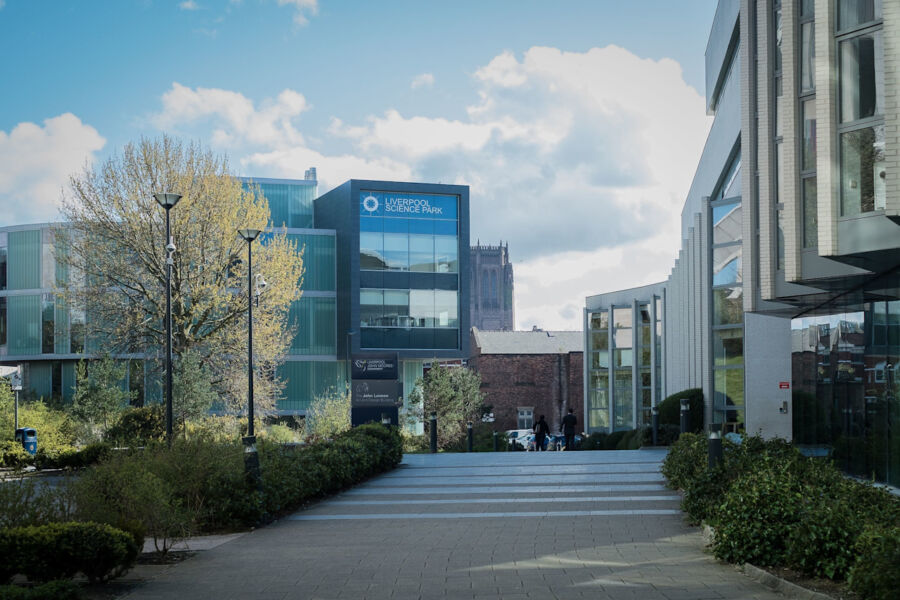
London hosts several renowned research centers like the Francis Crick Institute, which leads in biomedical studies. The city’s universities work closely with major hospitals on medical breakthroughs.
Liverpool Science Park brings together academics and businesses for innovative research projects. The city specializes in infectious disease research through the Liverpool School of Tropical Medicine.
Both cities contribute to marine research, with Liverpool using its port location for oceanographic studies and London focusing on river ecosystem research along the Thames.
The cities share research partnerships across their institutions, creating a strong network for scientific advancement in the UK.
Sports and Leisure
London and Liverpool share a deep passion for sports, with football at the heart of their cultural identity. Both cities offer diverse recreational activities and world-class sporting venues that draw millions of visitors each year.
Football Culture

Liverpool breathes football through its two historic clubs – Liverpool FC and Everton FC. The iconic Anfield stadium, home to Liverpool FC, holds 54,000 fans and creates an electric atmosphere during match days. Mo Salah’s remarkable goal-scoring records and Trent Alexander-Arnold’s exceptional playmaking abilities have added to the city’s rich football legacy.
London boasts six Premier League clubs, including Arsenal, Chelsea, and Tottenham Hotspur. The capital’s modern stadiums like the Tottenham Hotspur Stadium and Emirates Stadium showcase state-of-the-art facilities.
Both cities come alive during Boxing Day fixtures, with packed stadiums and buzzing pubs. The rivalry between these cities adds extra spice when teams like Liverpool, with stars like Luis Diaz and Diogo Jota, face London clubs.
Recreational Activities
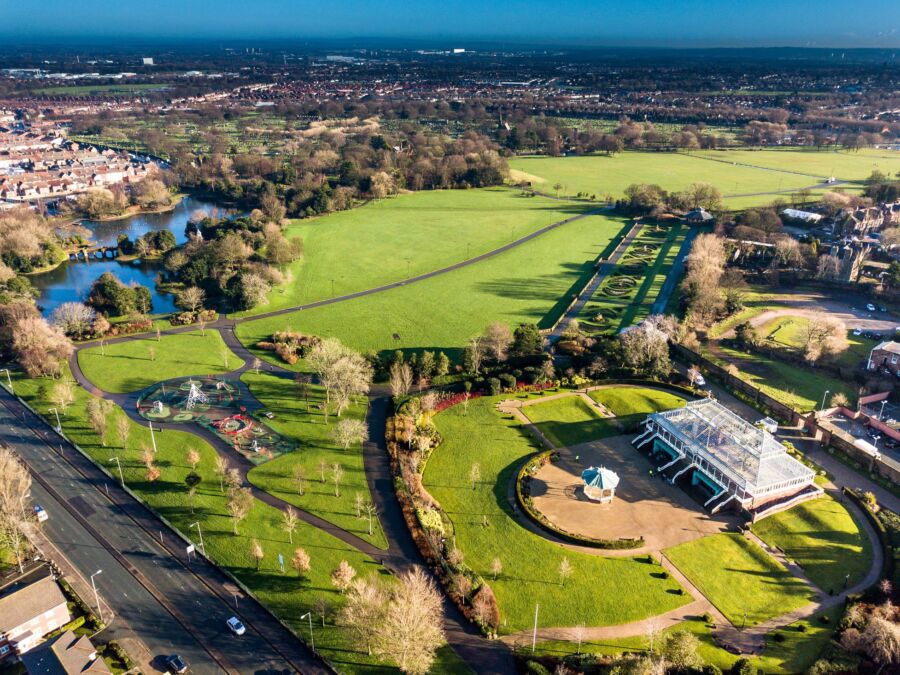
London’s vast parks offer more options for casual sports and exercise. Hyde Park and Regent’s Park feature tennis courts, boating lakes, and cycling paths.
The capital hosts major sporting events at venues like Wimbledon and Lord’s Cricket Ground. Water sports enthusiasts can kayak on the Thames or try rowing at various clubs.
Liverpool’s waterfront provides perfect conditions for sailing and water sports. The city’s compact size makes it easier to access sports facilities, with multiple public leisure centers offering affordable swimming, gym facilities, and fitness classes.
Stanley Park, nestled between Liverpool’s two football grounds, gives locals a green space for jogging and outdoor activities. The city’s rock climbing centers and skateparks attract adventure sports fans.
Digital and Social Presence
London and Liverpool both have strong digital footprints, with each city making its mark in unique ways across social media and online platforms. The data shows surprising results when comparing their online visibility.
Online Communities

Liverpool ranks as the UK’s most talked-about city on social media when adjusted for population size. The city’s digital presence got an extra boost from hosting Eurovision, increasing its online mentions by 1.5% in recent years. Social media users create constant buzz about Liverpool’s music scene, football culture, and historic waterfront.
London leads in raw numbers, claiming almost half of all social media mentions among British cities. The capital’s massive international presence drives conversations about fashion, finance, and cultural events across platforms like Instagram and Twitter.
Local Forums and Discussions
Local Liverpool forums buzz with activity about neighborhood events, LFC matches, and community initiatives. The city’s tight-knit online groups reflect its strong sense of local identity and community spirit.
London’s forum landscape spreads across countless neighborhood-specific groups. From East End markets to West London cafes, residents share tips and discuss local happenings. Many forums focus on specific interests like theater, startups, or food scenes.
The capital’s size means online discussions often split into area-specific communities. Popular topics include housing advice, transport updates, and upcoming events.
Tourist Insights
London and Liverpool each offer distinct experiences for travelers seeking British culture and history. Smart planning helps visitors make the most of their time in these unique cities.
Traveler Tips and Tricks
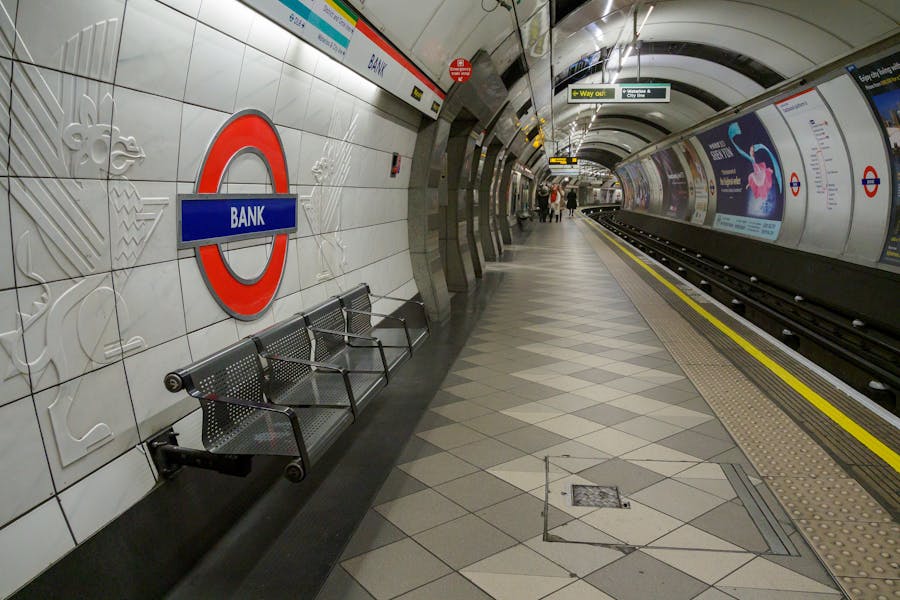
Booking city tours in advance lets you skip long lines at popular attractions. Most museums in London are free, which saves money for other activities. The best time to visit either city is spring or fall when crowds are smaller and prices drop.
Public transport works great in both cities. London’s Tube runs everywhere, while Liverpool’s buses take you to all major spots. Get day passes to save money on rides.
Make time to explore local neighborhoods. Take walks through London’s Covent Garden or Liverpool’s Baltic Triangle to find hidden gems and great food spots.
Must-See Attractions
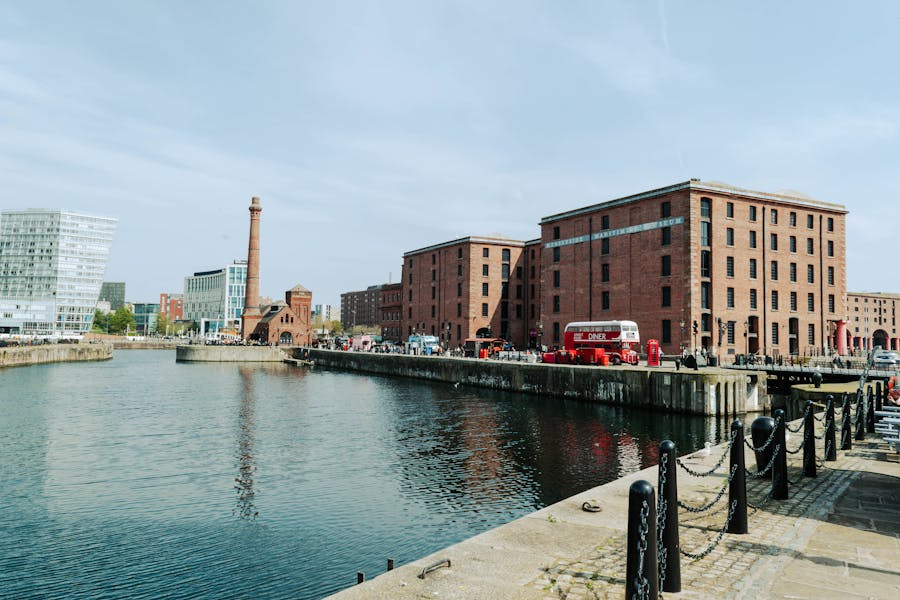
The Tower of London and Buckingham Palace stand out as London’s top sights. Both places tell amazing stories about British royalty. St. Paul’s Cathedral shows off stunning architecture that survived World War II.
Liverpool’s waterfront deserves special attention. The Royal Albert Dock houses museums and shops in historic buildings. The Beatles Story museum celebrates the city’s most famous band.
Each city has special views worth seeing. The London Eye gives you amazing looks over the Thames River. Liverpool’s Radio City Tower shows off the whole city and the Irish Sea.
Walk through Liverpool’s City Centre to find cool street art and Victorian buildings. London’s South Bank mixes old and new with art galleries next to ancient markets.
Current Events and Developments
Liverpool’s football scene has taken center stage recently, with the team leading the Premier League table by six points over Arsenal. The Reds have shown impressive form, maintaining their position despite tough competition.
A key upcoming match is the rescheduled Merseyside Derby at Goodison Park. This local rivalry between Liverpool and Everton adds extra spice to the fixture list, especially with Everton’s recent improvement in form.
London’s football clubs have faced mixed fortunes in comparison. Arsenal remains Liverpool’s closest challenger for the league title, while other London clubs are scattered throughout the table positions.
The contrast between these two cities extends beyond sports. London’s property market continues to evolve, with new developments reshaping its skyline. The city maintains its position as a global financial hub.
Liverpool’s urban regeneration projects are transforming the city’s waterfront. New investments in infrastructure and cultural spaces are attracting more visitors and businesses to the northern powerhouse.
Transport links between the two cities have improved. Direct train services now offer faster connections, making day trips and business travel more convenient for residents and tourists alike.
Both cities are experiencing growth in their tech sectors. While London remains the UK’s primary tech hub, Liverpool’s digital economy is expanding rapidly, creating new job opportunities and attracting young professionals.
Frequently Asked Questions
Living in Liverpool or London brings up many practical questions about daily expenses, culture, jobs, and getting around. Each city offers distinct advantages that shape quality of life and opportunities.
What are the key differences in cost of living between Liverpool and London?
Living costs in Liverpool are much lower than London. Housing prices show the biggest gap, with furnished rentals in nice areas of Liverpool costing about £2,654 monthly compared to £4,542 in London.
Liverpool’s daily expenses run about 49% cheaper than London. This includes everything from groceries to entertainment.
The cost savings in Liverpool let residents keep more of their income for savings and fun activities.
Which city offers a richer cultural experience, Liverpool or London?
London’s cultural scene spans world-famous museums, theaters, and music venues. The city hosts thousands of events yearly across hundreds of venues.
Liverpool shines with its unique musical heritage and thriving indie arts scene.
Beyond The Beatles’ legacy, the city nurtures new artists and alternative spaces.
Both cities embrace diversity through food, festivals, and community events. Liverpool’s cultural offerings tend to feel more intimate and accessible.
How do the public transport systems compare in Liverpool versus London?
London’s extensive tube network covers most areas and runs frequent service. The system includes underground lines, overground trains, and buses.
Liverpool relies more on buses and local rail lines. The system is smaller but meets most travel needs within the city.
Getting around Liverpool costs less and faces fewer delays than London’s busy system.
Can you highlight the historical contrasts between Liverpool and London?
London’s history centers on its role as Britain’s capital, with royal palaces and government buildings. Roman walls still stand alongside modern skyscrapers.
Liverpool grew as a major port city, shaping global trade routes. Its waterfront heritage remains visible in restored docks and maritime museums.
Each city preserves its unique architecture and historical sites that tell different stories of Britain’s past.
What are the noticeable differences in job market opportunities between Liverpool and London?
London dominates in finance, tech, and corporate jobs. The city attracts global companies and offers higher salaries across most sectors.
Liverpool focuses more on creative industries, digital startups, and healthcare roles. The job market is smaller but growing steadily.
Competition for jobs is less intense in Liverpool, giving candidates better chances at landing positions.
Which city is generally preferred for higher education, Liverpool or London, and why?
Many prestigious universities with strong international reputations are hosted in London. Students gain access to extensive research facilities and industry connections.
Liverpool’s universities offer quality education at lower costs. The smaller student population creates stronger campus communities.
Living expenses make Liverpool more affordable for students, though London provides more internship opportunities.

